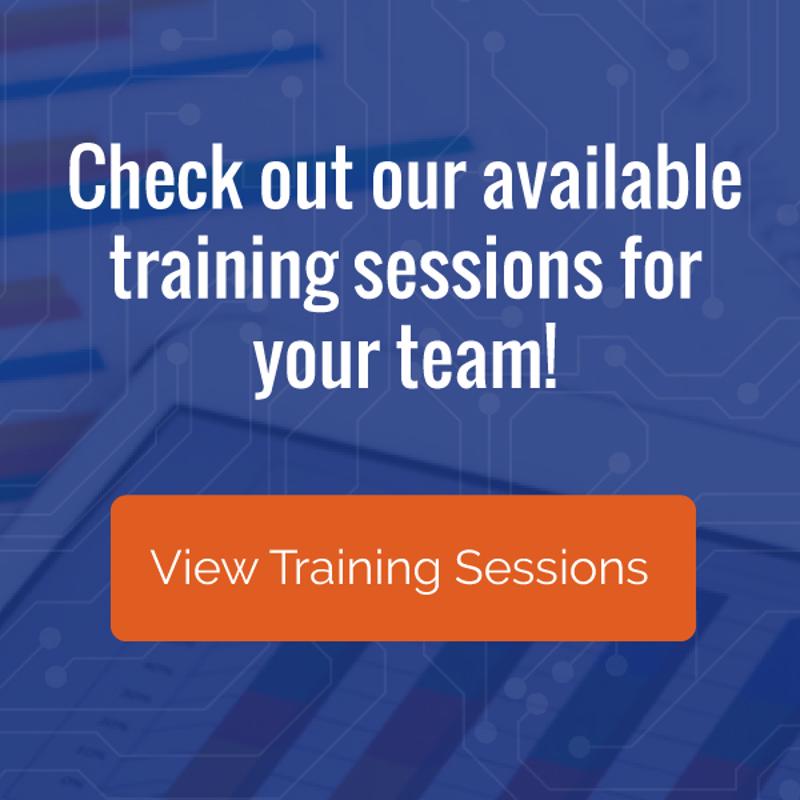Unpacking manufacturing ERP maintenance and support
The enterprise resource planning implementation processes encompass an extensive number of tasks. However, few of these activities are as important as pinpointing effective system maintenance and support options.
These services are critical to short- and long-term ERP success, an unavoidable reality manufacturing firms that fail to implement such offerings grapple with as their unsupported solutions falter. Potential ERP adopters in the manufacturing space can avoid disastrous outcomes of this nature by prioritizing maintenance and support, and pinpoint packages with top-notch features.
Here are some of those key maintenance and support components:
An advantageous service-level agreement
These contracts are intended to set out expectations for maintenance and support providers, outlining critical service metrics they must meet in order to receive payment. However, many service-level agreements are weighted toward the vendor and contain fairly lightweight penalty clauses, according to TechTarget.
Adopters must be on the lookout for such unfavorable agreements and come into negotiations with hard performance metrics that hold service providers accountable. Manufacturers that have successfully obtained maintenance and support services swear by reward clauses, which encourage vendors to go above and beyond to meet their contracted performance goals.
Robust post-roll out support
User support is critical in the days and weeks following go-live. During the period, employees must grapple with entirely new workflows in real time, a challenge even the best training programs struggle to address.
Maintenance and support vendors should be on-site to provide resources for workers acclimating to fresh ERP software, analysts for Deloitte argued. This key span can either lay the groundwork for sustainable success or sew the seeds of user attrition. Both manufacturing firms and their support partners should be interested in facilitating the former outcome.
Strong ongoing training options
ERP platforms and the internal processes they support should evolve in step with the organization. This constant change can take a toll on end users who lack access to change management tools in the form of training programs and other resources.
Manufacturers must address this issue during implementation by formulating a long-term solution roadmap and charting out future maintenance and support needs, according to TechTarget. This reduces the risk of productivity-sapping complications developing down the road.
Manufacturing firms that pinpoint maintenance and support packages with these features are likely to cultivate sustainable ERP workflows that bolster the bottom line for years to come.
Here at Accent Software, we help manufacturing firms implement ERP technology designed to support sustained operational productivity. As a certified Microsoft Business Solutions partner, Accent provides vendor-vetted Microsoft Dynamics NAV implementation services, which allow businesses to put into place best-in-class ERP software designed to facilitate organizational growth.
Connect with us today to learn more about our products and services.






